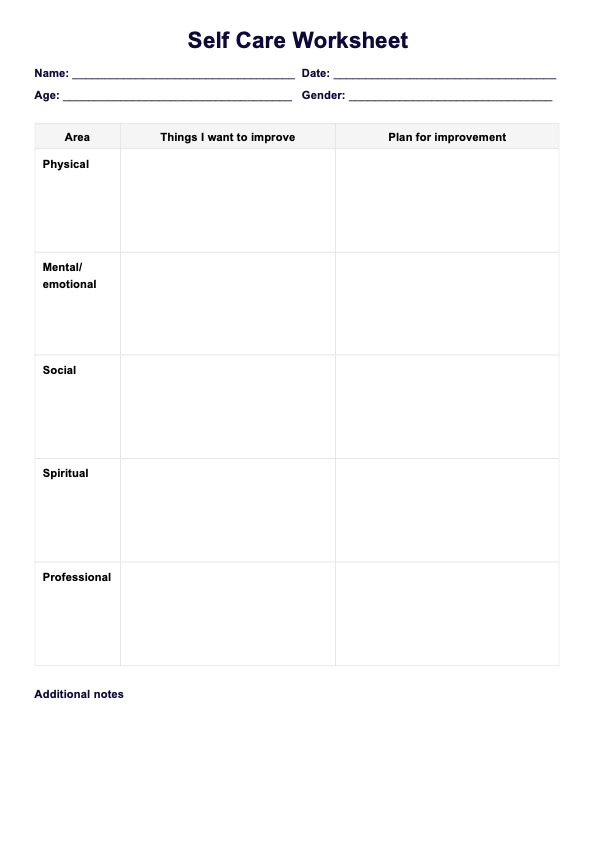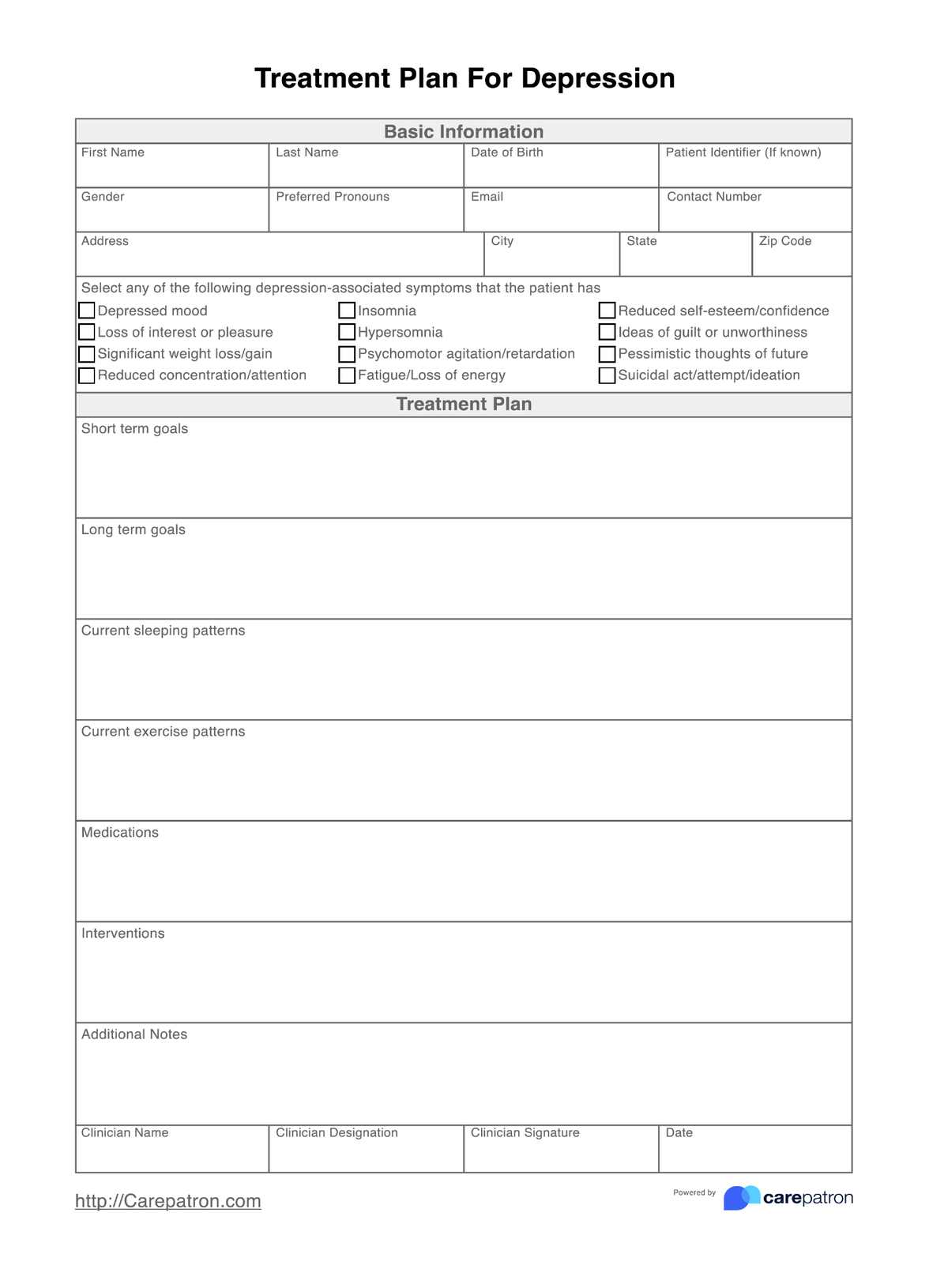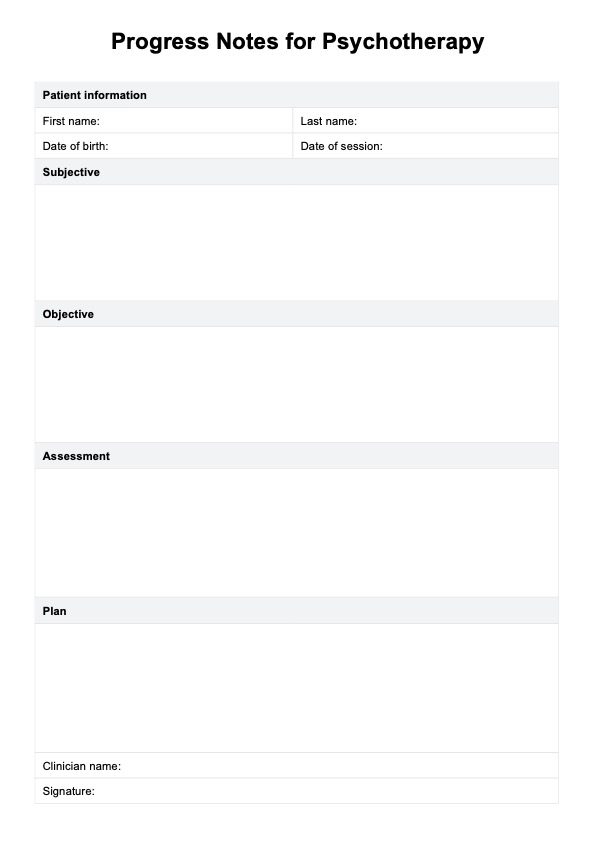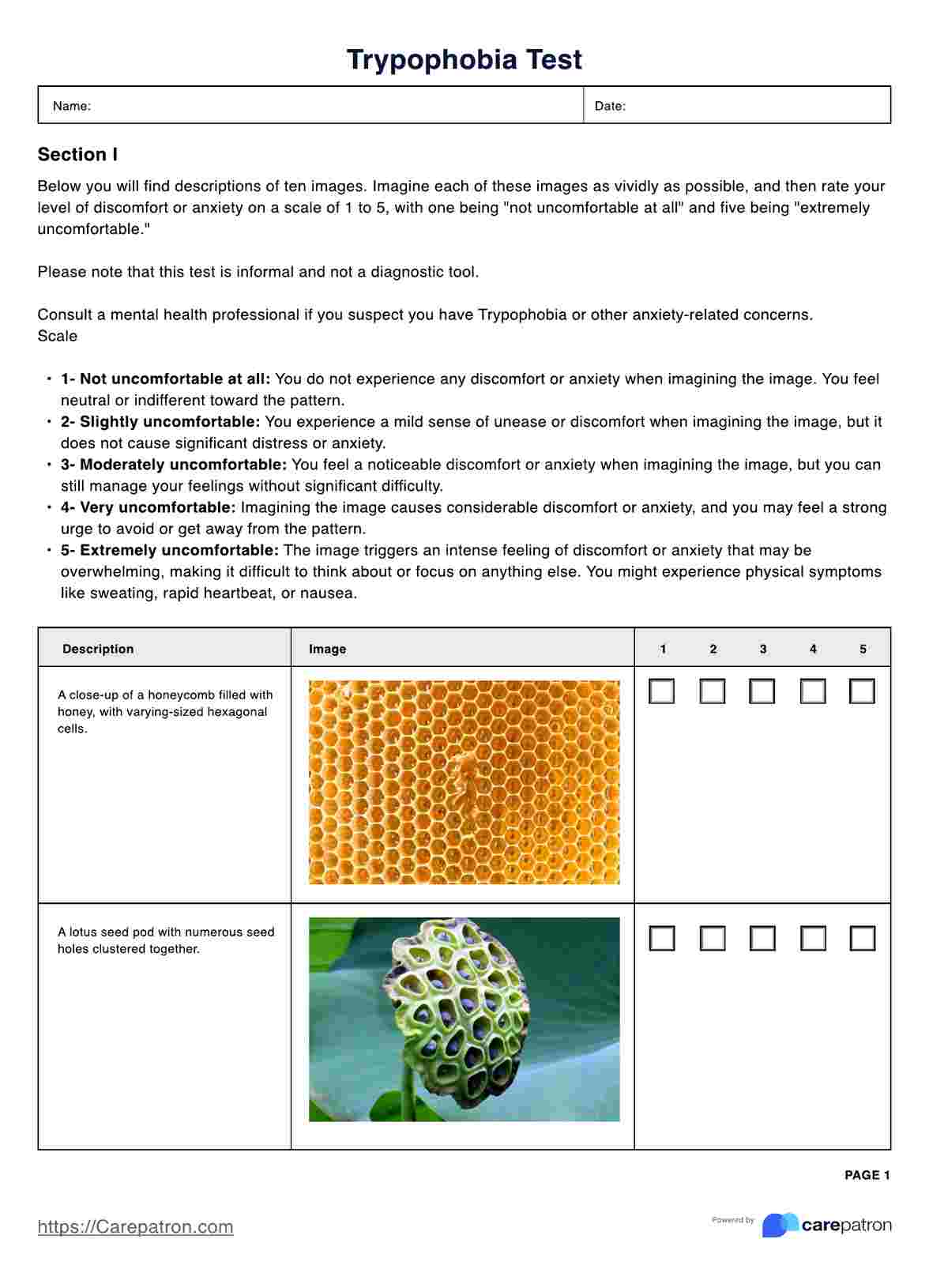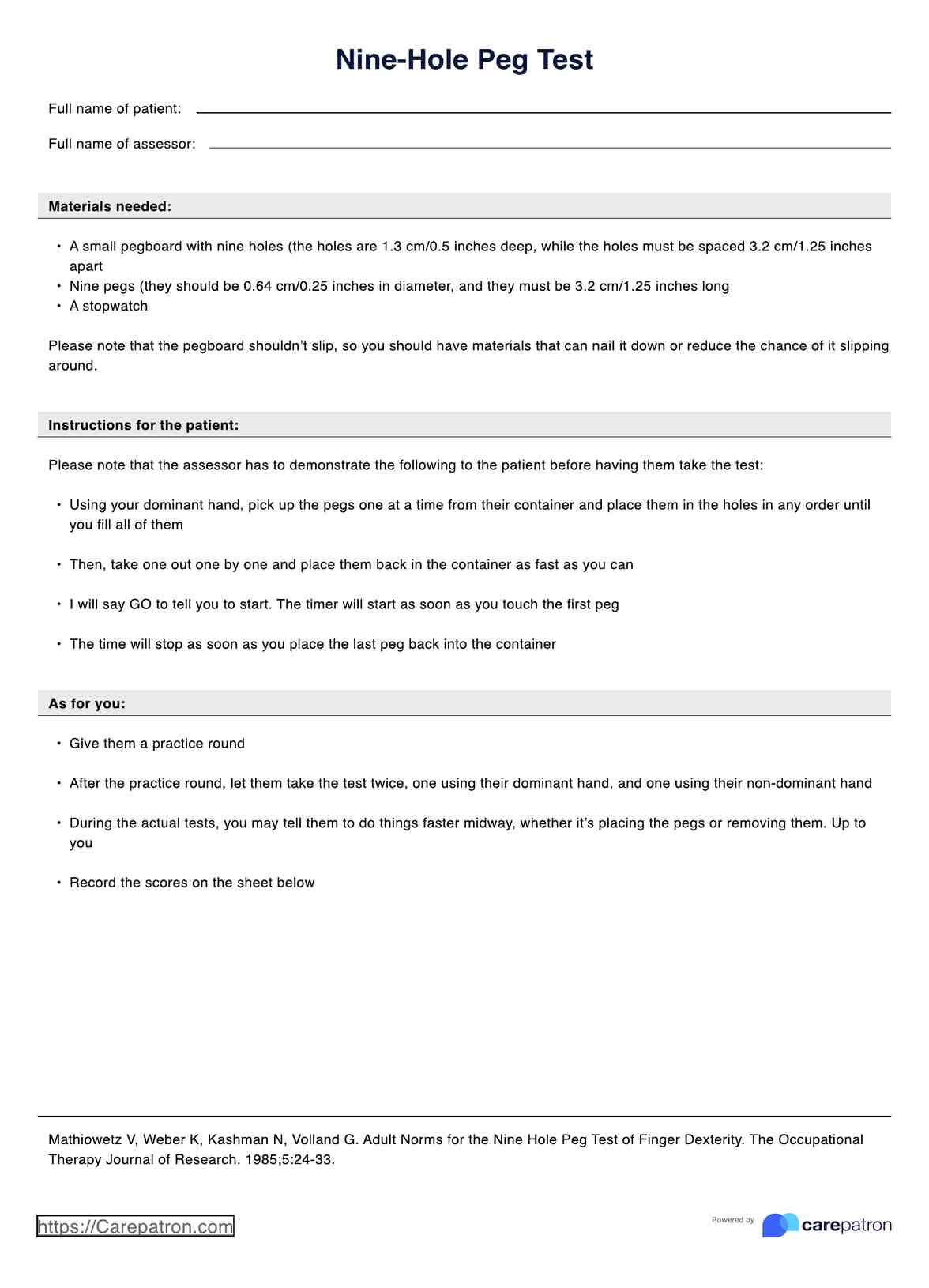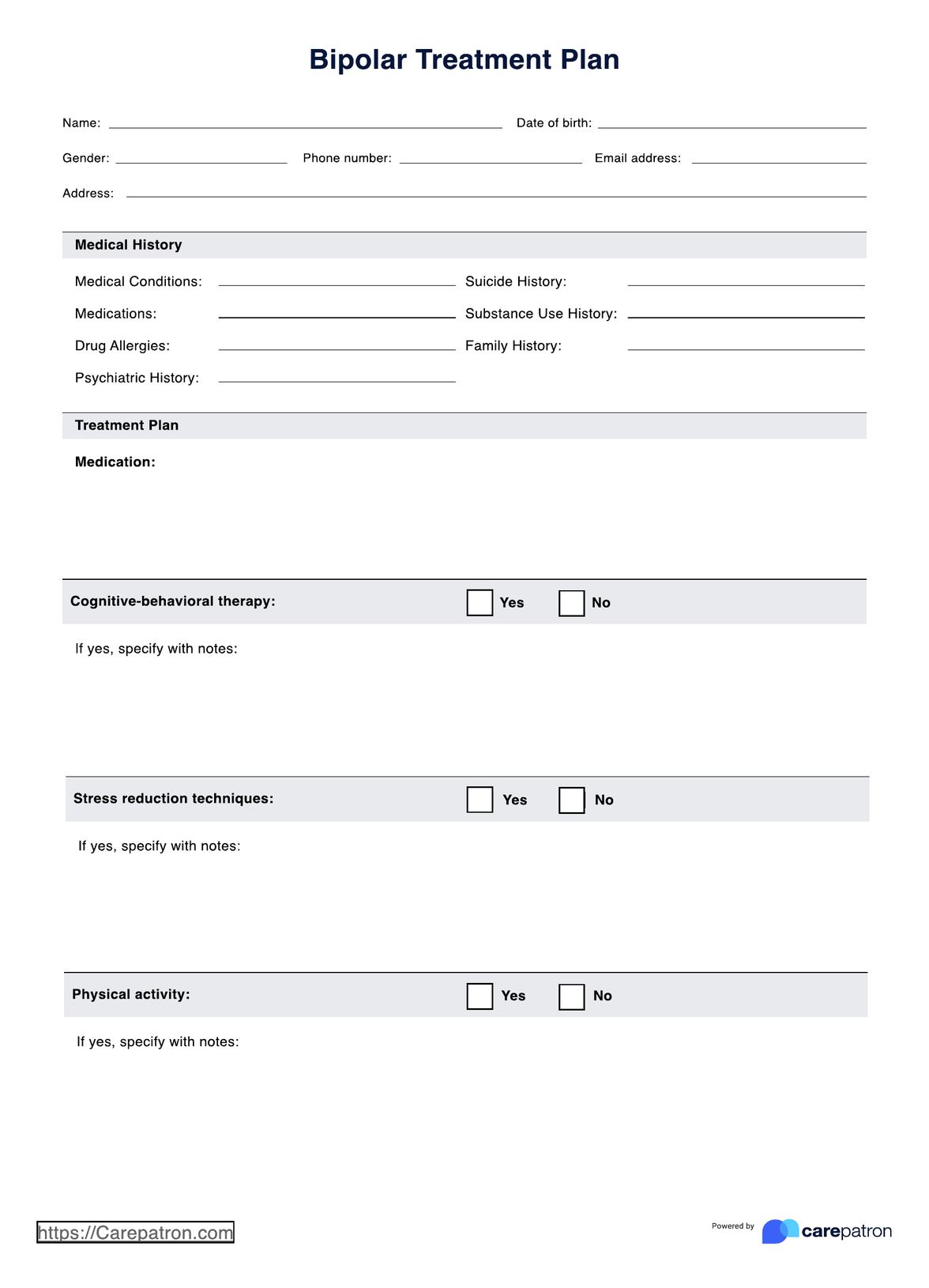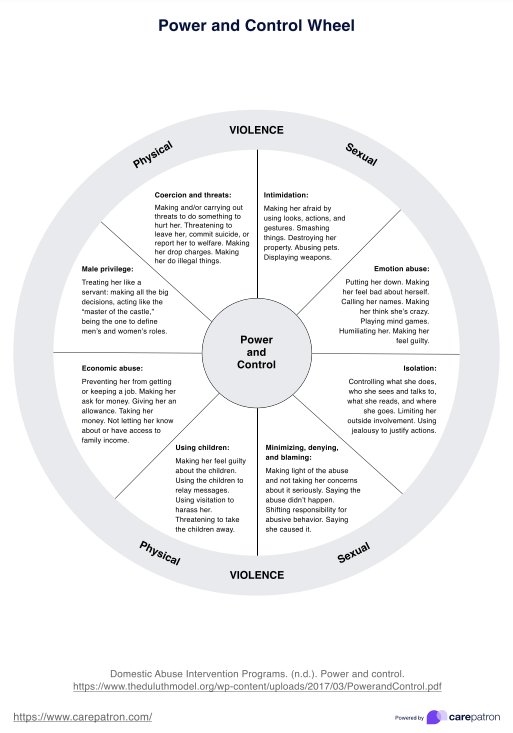Resilience Test
Click here to discover more about resilience and how to implement this test into your practice.


What is resilience?
Resilience is an aspect of life that almost everyone encounters. Resilience is often identified by one's ability to bounce back from unfortunate or challenging events (Hurley, 2022). According to the American Psychological Association (2022), this includes an individual's mental, emotional, and behavioral capability to accommodate challenges flexibly. Often, individuals classified as resilient people are likely to have gone through major life stresses and can come out on the other side.
A good way to understand an individual's resilience is through completing a resilience scale. Well-known resilience scales like the Connor Davidson Resilience Scale are often used in practice. Once completed, individuals may better understand what areas they may want to work on by seeking support or utilizing resilience training.
The great thing about resilience is that it's not simply a fixed trait. Our experiences can shape it, and the people around us often shape it. Experiences can either decrease or enhance resilience. It will be different for everyone. For example, if an individual lives independently without any social support, their resilience may scale upwards in being able to care for themselves adequately.
Resilience can be worked on. If an individual wants to enhance their resilience score, there are ways to identify difficult situations and challenges where they may want their ability to cope stronger than other areas.
In this guide, we'll explore the importance of resilience and how a resilience scale can support individuals in comprehending their current ability and what areas they may choose to work on.
Resilience Test Template
Resilience Test Example
The importance of resilience
Resilience has many health and mental health benefits that are known. Children with a fair amount of resilience can expect this to transfer into adult resilience. Being resilient can support individuals in identifying their own emotions and growing their self-confidence and self-efficacy.
Navigating adversity
Individuals who score high on the resilience scale may be more able to overcome adverse situations and bounce back quickly. Resilient people may also know what helps them through difficult situations and how to transfer that information into other adverse situations.
Adapting to change
Adapting to change can be incredibly difficult. Those with low scores on a resilience scale may be unable to navigate negative emotions from challenges and changes occurring in their life. Individuals who score high on their resilience scale can likely adapt to new circumstances, whether within their workplace, personal/family life, or even technological advancements.
Maintaining mental health
Resilience is closely linked to maintaining a positive mental health stance. Resilient people may be more in tune with their mental health needs. Working on resilience training can also support mental health requirements. Those with high scores on a resilience scale may be able to support others better regarding mental and physical health. As well as know when it may be time to step back from what's going on to preserve mental stability.
How the resilience test works
Carepatron is designed to support you in working with clients as much as possible. That's why we've created an easy-to-follow step-by-step set of instructions so you can utilize this self-report scale.
Step one: obtain the Resilience Test
Do this by navigating the templates page on the Carepatron website. You can download, save to your device, and print for online and offline use.
Step two: talk with your client
It's a good idea to talk with your client to investigate whether this is an appropriate test to give. Depending on what your client wants to achieve or at what stage of life they are in, this test can support them in understanding their own resilience.
Step three: complete the test
The great thing about this test is that it is a self-report scale. This means you can give this worksheet to your client during your therapy session or as a homework task. We'll leave that up to you so can decide what will work best for your client.
Step four: store the results
Storing the results of this test in a secure location can support future work with your client. Clients may want to reflect on how far they have come between the past and present. Rest assured that storing this test in the Carepatron system will allow you easy access to your worksheets.
Interpreting the results
It's important to remember that this test is not designed to work as a diagnostic tool. Rather, here at Carepatron, we have designed this test to guide future therapy sessions with some possible talking points and directions for changes and development.
You can interpret the results of the resilience test by adding up the total score of each question. As demonstrated on the key, the 5-point Likert scale reflects a scale in which the individual answers questions based on how they feel personally. The higher the score on the self-report scale, the more likely they have solid resilience skills.
Individuals with high resilience skills may be more inclined to work through their difficulties easily and have important coping skills that support their emotional resilience and mental health. If individual resilience skills are low, they may be more susceptible to stress and other mental health issues (Waters, 2022).
It is up to you as the mental health practitioner to decide how to move forward with the results from this resilience scale. It's important to remember to utilize these results as you see fit within your therapy sessions with your client.
Next steps: building resilience at work and beyond
Individuals with identified resilience can begin working on difficult thinking patterns. This may begin to influence their ability to perform daunting tasks at work and in life. Pushing resilience further can support life satisfaction, seeking support networks, managing stress levels, problem-solving, and increasing optimism.
There are numerous ways an individual can build their resilience and social support networks around them. Here are a few:
Develop strong social connections
The development of social support can help enhance resilience. Individuals can do this by seeking social support systems such as their peers, mentors, and managers. Individuals may feel comfortable in their workplace and home by developing strong connections. Stronger relationships with family and friends can allow for a shoulder to cry on and a support system they can turn to during downtimes.
Enhance emotional intelligence
By enhancing emotional intelligence, individuals can develop their own self-efficacy and awareness. Understanding and knowing your own limits can help identify when you may be reaching a breaking point and may not be able to cope. Understanding emotional needs also helps understand the needs of others as well as how to communicate with others effectively.
Adaptability
Practicing adaptability is an important part of furthering resilience. Individuals who are able to be flexible to accommodate unexpected changes are likely to hold a larger amount of resilience. Being flexible also allows individuals to grow a new skill, such as problem-solving. Consequently, when individuals are adaptable, they can transfer this skill to building resilience.
Seeking professional support
There is no shame in seeking support for resilience needs. Making positive changes in a lifestyle can be daunting and difficult. Sometimes we need support through difficult times, even if we have high scores on the resilience scale. That's okay! Seeking professional support can help grow resilience as well as overcome adversity. Seeking support can promote success within an individual, leaving them motivated to continue building their own resilience outside of the clinic.
Research & evidence
Individuals who indicate they have high resilience are likely to benefit from numerous positive mental health outcomes as well as other factors such as change. Mayo Clinic (2022) suggests that resilience can help protect individuals from negative mental health illnesses such as depression and anxiety. They also state that resilient people may be able to overcome difficult situations and handle their own emotions. However, it is worth noting that resilience is an aspect that can be developed through resilience activities and psychological support.
Psychiatric research written by Fletcher and Sarkar (2013) also brings to light other research on resilience. Often, it is assumed that individuals who undergo a traumatic experience or grow up in a negative environment are likely to not flourish because of their circumstances. However, that is often not the case. An individual's ability to flourish is often because of what they have endured. Individuals who overcome challenges can be associated with adaptability and have the ability to bounce back.
Fletcher and Sarkar (2013) also suggest that a good bridge from psychological thinking to the community is understanding resilience. This might be understanding what is going on within the community and making sure you can develop your skills to adhere to the community challenges as well as maintaining the ability for community members to thrive.
References
American Psychological Association. (2022). Resilience. American Psychological Association. https://www.apa.org/topics/resilience
Fletcher, D., & Sarkar, M. (2013). Running head: A REVIEW OF PSYCHOLOGICAL RESILIENCE 1 1 2 3 4 Psychological Resilience: A Review and Critique of Definitions, Concepts and Theory 5 A REVIEW OF PSYCHOLOGICAL RESILIENCE 2. https://irep.ntu.ac.uk/id/eprint/8063/1/221275_PubSub2839_Sarkar.pdf
Hurley, K. (2022, July 14). What is resilience? Definition, types, building resiliency, benefits and resources | everyday health. Everyday Health. https://www.everydayhealth.com/wellness/resilience/
Mayo Clinic. (2022, July 14). How to build resiliency. Mayo Clinic. https://www.mayoclinic.org/tests-procedures/resilience-training/in-depth/resilience/art-20046311#:~:text=Resilience%20can%20help%20protect%20you
Waters, S. (2022, September 12). The Effects of Low Resilience: Hardship and the Mind-Body Connection. Www.betterup.com. https://www.betterup.com/blog/effects-of-low-resilience
Commonly asked questions
There is no age limit on the Resilience Test. However, we would recommend you use this assessment with children above 12. This way, they will have a better and more comprehensive understanding of what the test is asking for.
As it is only ten questions, individuals completing this assessment may be completed in 5 to 10 minutes. It's important to remember that this is not designed to be a diagnostic tool, and further assessments may be required.
You know your client best. A high score on this test shows they are likely to have some traits that align with higher resilience.


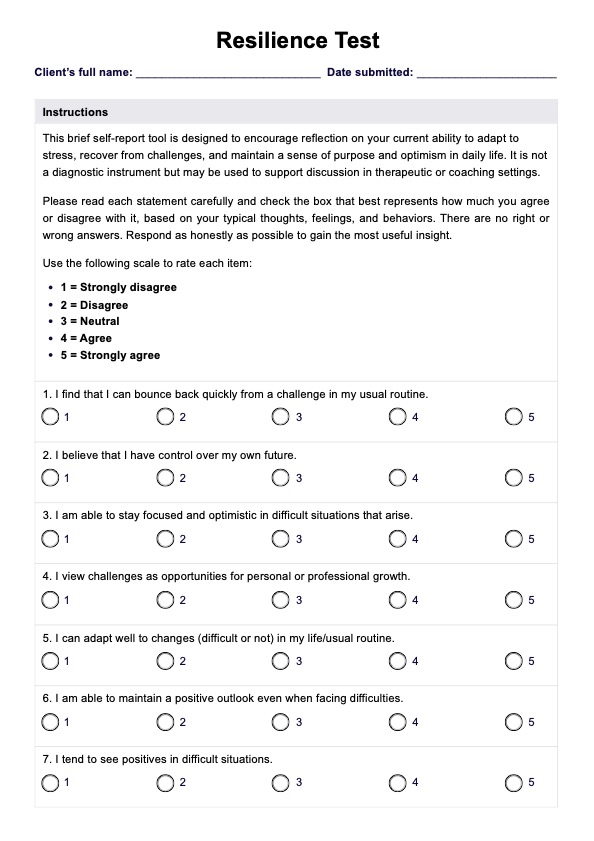
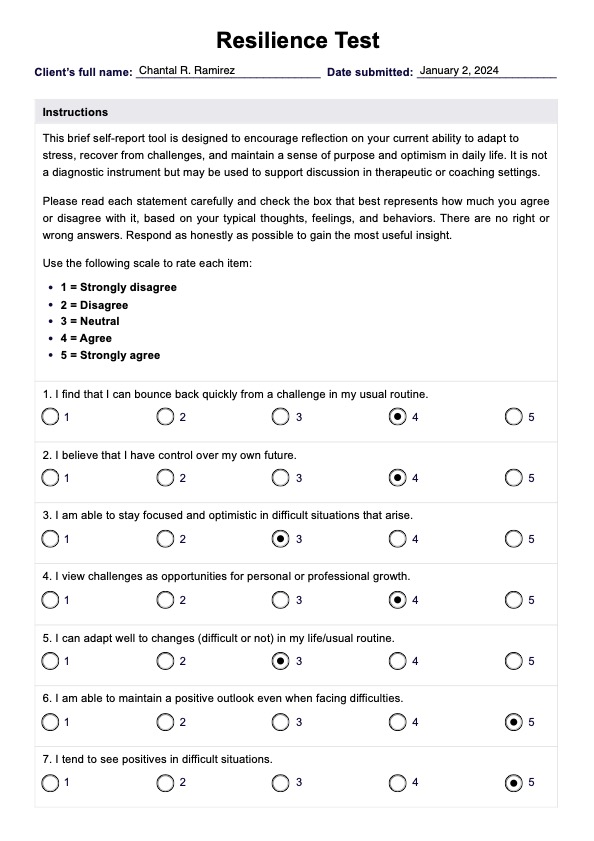

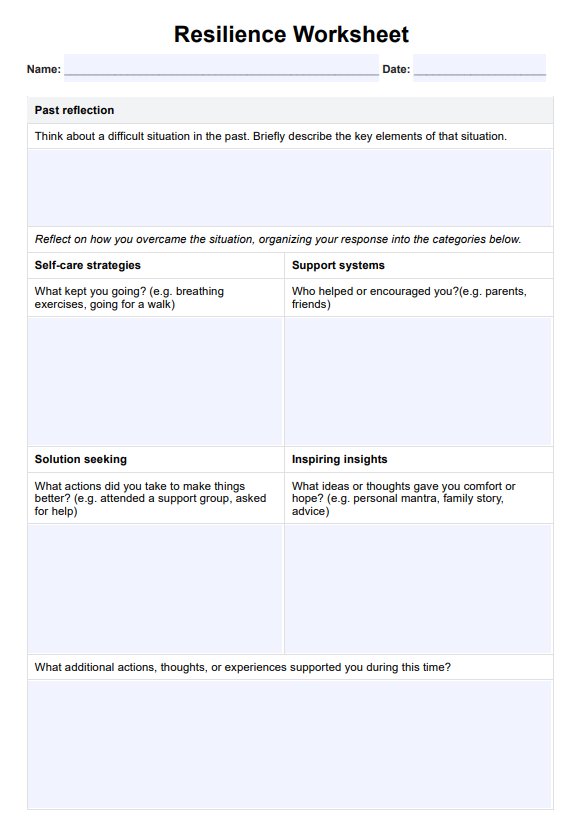
















-template.jpg)




















































































